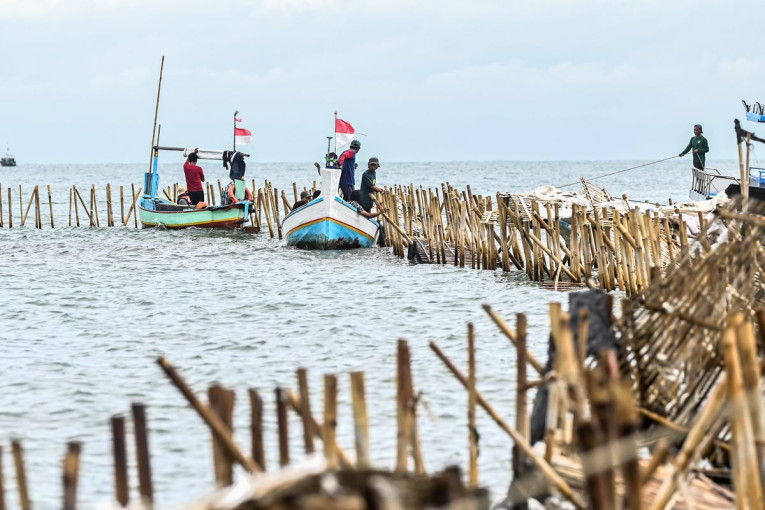
The issuance of Building Use Rights (HGB) certificates for sea fencing in Tangerang Regency has drawn public attention.
Dr. Rikardo Simarmata, a UGM agrarian law expert, sees this as a sign of regulatory inconsistencies between land and maritime law.
According to him, the belief that granting land rights in waters is not permitted is a misconception. Land regulations allow for granting rights over underwater land if it’s used for activities like building ports, hotels, or other facilities.
“However, maritime sector regulations are not yet clear on whether they prohibit or permit such practices, and the purpose of this sea fence remains unclear,” Dr. Simarmata stated on Friday (Jan. 24).
He added that the legality of the sea fence needs further examination, especially regarding the Marine Spatial Utilization Activity Permit (KKPRL).
If the fence was installed without KKPRL, it is illegal. However, if a KKPRL exists, it is legally valid.
“What’s crucial is how the permit was obtained, whether through proper procedures, and whether the impact on fishermen’s access was considered,” he explained.
Apart from legality, the length of the fence, stretching 30.6 kilometers, has also raised concerns. Installing boundaries in the sea is not new, as seen in seaweed cultivation or fishing tools.
This issue became more complex after fishermen reported reduced catches and damage to fishing gear due to bamboo fragments in the fence. Authorities have since begun dismantling the fence.
Dr. Simarmata emphasized the importance of preserving part of the fence as evidence for legal proceedings if the case goes to court. He stressed that resolving this case must focus on legal aspects.
“Understanding the rules is crucial. This case should not be politicized. Let’s approach it by adhering to the existing regulations, be it regarding land, spatial planning, or fishermen protection,” he concluded.
Author: Bolivia
Editor: Gusti Grehenson
Post-editor: Afifudin Baliya
Photo: Antara

